Filter by

Vessel Health and Preservation: The Right Approach for Vascular Access
This Open access book offers updated and revised information on vessel health and preservation (VHP), a model concept first published in poster form in 2008 and in JVA in 2012, which has received a great deal of attention, especially in the US, UK and Australia. The book presents a model and a new way of thinking applied to vascular access and administration of intravenous treatment, and …
- Edition
- 1
- ISBN/ISSN
- 9783030031497
- Collation
- https://doi.org/10.1007/978-3-030-03149-7 hlm,: ill, lamp;
- Series Title
- -
- Call Number
- -
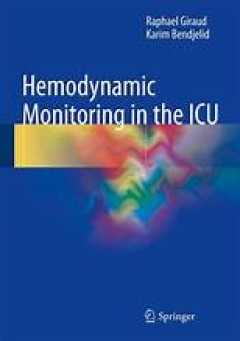
Hemodynamic Monitoring in the ICU
This book describes the pathophysiological significance of the hemodynamic monitoring parameters available to the clinician and their role in providing reliable and reproducible information on the cardiocirculatory status of a patient in shock. It is explained how measurements of these parameters enable the intensivist to understand the patient’s condition and to make more informed treatment …
- Edition
- 1
- ISBN/ISSN
- 978-3-319-29430-8
- Collation
- Kedokteran
- Series Title
- -
- Call Number
- 617
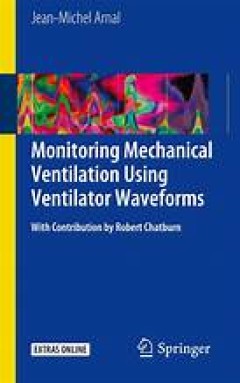
Monitoring Mechanical Ventilation Using Ventilator Waveforms
This book discusses the interpretation of mechanical ventilator waveforms. Each page shows a screenshot from a real patient and explains one or two messages. It starts with basic information about the waveforms and goes on to address passive and spontaneous ventilation, non-invasive ventilation and specific measurements such as pressure-volume curves and esophageal pressure. Step by step, reade…
- Edition
- 1
- ISBN/ISSN
- 978-3-319-58655-7
- Collation
- Mekanika
- Series Title
- -
- Call Number
- 532
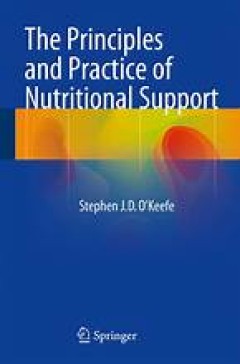
The Principles and Practice of Nutritional Support
This book provides the reader with an understanding of human nutritional and metabolic physiology and how it goes wrong in illness. Divided into three major sections, the volume instructs the reader on how and when to use nutritional support, and includes a summary of the published outcome studies on the application of nutritional support to the management of common illnesses. In this way, the …
- Edition
- 1
- ISBN/ISSN
- 978-1-4939-1779-2
- Collation
- Kedokteran
- Series Title
- -
- Call Number
- 617
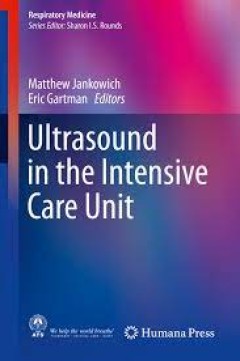
Ultrasound in the Intensive Care Unit
Ultrasound in the Intensive Care Unit explores the current state of evidence supporting use of bedside ultrasound for procedural guidance and for the critical care-focused assessment of a variety of organ systems. This text covers standard practice areas, such as ultrasound guidance for vascular access in the ICU, as well as novel, less well-known applications such as the use of ultrasound for …
- Edition
- -
- ISBN/ISSN
- 978-1-4939-1723-5
- Collation
- -
- Series Title
- -
- Call Number
- -
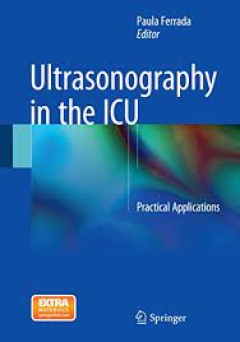
Ultrasonography in the ICU Practical Applications
This text presents a basic guide of the principles and applications of ultrasound in the critical care setting. The text also addresses the basic and clinical uses of ultrasound, including clinical cases at the end of each of the 7 sections of the clinical subdivisions. The final chapters focus on the issues of training, certification, credentialing and billing. These discussions make the text …
- Edition
- -
- ISBN/ISSN
- 978-3-319-11876-5
- Collation
- -
- Series Title
- -
- Call Number
- -
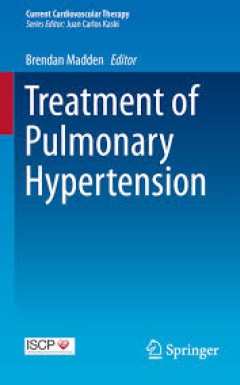
Treatment of Pulmonary Hypertension
This title will be presented as highly practical information on pharmaceutical options in pulmonary hypertension, written in a quick-access, no-nonsense format. The emphasis will be on a just-the-facts clinical approach, heavy on tabular material, light on dense prose. The involvement of the ISCP will ensure that the best quality contributors will be involved and establish a consistent appro…
- Edition
- -
- ISBN/ISSN
- 978-3-319-13581-6
- Collation
- -
- Series Title
- -
- Call Number
- -
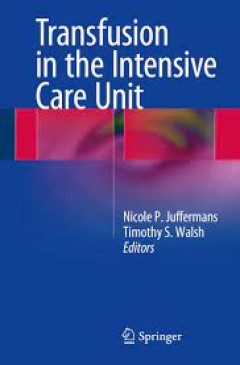
Transfusion in the Intensive Care Unit
Due to a high incidence of anemia, critically ill patients are frequently transfused, with up to 40% of patients receiving a transfusion during their stay in the Intensive Care Unit. It has become increasingly clear that there is an association between transfusion and adverse outcomes, underlining the need for a careful assessment of the risks and benefits of a blood transfusion. In the last de…
- Edition
- -
- ISBN/ISSN
- 978-3-319-08735-1
- Collation
- -
- Series Title
- -
- Call Number
- -
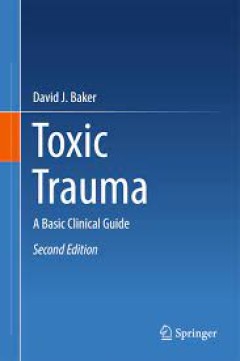
Toxic Trauma A Basic Clinical Guide
Winner of BMA Medical Book Award, Highly Commended in Public Health Written for medical professionals, this book provides a concise reference with clear guidelines on how to manage both the victims of chemical agent exposure and the site of the incident. David Baker considers the nature and basic science of the hazards faced as well as the practical management of persons exposed to chemicals…
- Edition
- -
- ISBN/ISSN
- 978-3-319-40916-0
- Collation
- -
- Series Title
- -
- Call Number
- -

Thrombolysis in Pulmonary Embolism
This book provides an up-to-date review of the use of thrombolytic therapy in the treatment of acute pulmonary embolism. It discusses the mechanisms of thrombosis; pharmacokinetics and pharmacodynamics of the most commonly used fibrinolytics; evidence-based results from multicenter control trials in which thrombolytic treatment was administered; criteria by which pulmonary embolism patients req…
- Edition
- -
- ISBN/ISSN
- 978-3-319-19707-4
- Collation
- -
- Series Title
- -
- Call Number
- -
 Computer Science, Information & General Works
Computer Science, Information & General Works  Philosophy & Psychology
Philosophy & Psychology  Religion
Religion  Social Sciences
Social Sciences  Language
Language  Pure Science
Pure Science  Applied Sciences
Applied Sciences  Art & Recreation
Art & Recreation  Literature
Literature  History & Geography
History & Geography